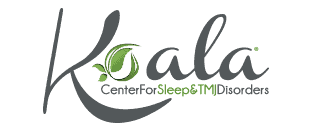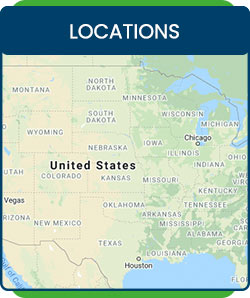Obstructive Sleep Apnea Treatment for Children with Down Syndrome
Koala® Center For Sleep & TMJ Disorders Provides Treatments for a Variety of Sleep Disorders Including Obstructive Sleep Apnea, TMJ Disorder, Snoring & Insomnia. Call Us Today for a Consultation.
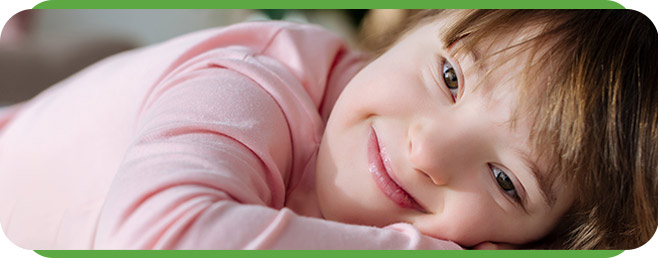
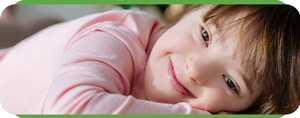
Table of Contents:
What is Obstructive Sleep Apnea?
Obstructive Sleep Apnea and Down Syndrome
What to Watch For
Treatment Options
Many can relate to the frustration that comes from lack of sleep. Whether it’s your child struggling to go to sleep or stay asleep or it’s you who’s waking up not feeling rested, it can be taxing for all involved. However, if you are a parent or caretaker of someone with Down syndrome (DS), there may be more at stake than a good night’s sleep. One disorder that could be to blame is Obstructive Sleep Apnea. In fact, the National Down Syndrome Society (NDSS) suggests that 50-100% of individuals with DS also have sleep apnea, and up to 60% of children with DS have had abnormal sleep studies by the age of four.
Obstructive Sleep Apnea (OSA) involves complete obstruction of the airway, which can occur when the tongue and muscles relax during sleep, the lower jaw falls back toward the throat or the airway becomes blocked. These obstructions may cause a person to stop breathing and briefly awaken hundreds of times a night. Symptoms of OSA include snoring, interrupted sleep, partial or total awakenings, high blood pressure, insomnia and more. According to the National Sleep Foundation, over 18 million Americans suffer from obstructive sleep apnea, and 90% go undiagnosed
While OSA is relatively uncommon in children within the general population, those with DS are at a very high risk for developing the disorder due to their specific anatomy. Some of the factors that lead to this higher incidence include the flattened midface, a large tongue, low muscle tone in the mouth and airway, and enlargement of the adenoids and tonsils, according to the NDSS. Furthermore, the incidence of OSA only increases with age, as evidenced in a 2009 study for the Journal of Clinical Sleep Medicine. The study found that adults with Down Syndrome frequently have obstructive sleep apnea. However, because the complications of untreated sleep apnea, such as cardiovascular disease and impaired cognitive function, often overlapped with those already associated with Down syndrome, incidences of OSA in adults with Down syndrome often went unreported. Similarly, a 2006 study for the American Medical Association found many children with DS to have OSA even when their parents did not report abnormal sleep patterns. As such, every effort should be made to recognize the signs of OSA so that it can be diagnosed and treated before serious complications arise.
It is important that parents and caretakers of children and adults with DS be on the lookout for the signs of OSA, which, according to a 2004 study for Down Syndrome News and Update, include snoring, coughing, choking, restlessness, unusual sleep positions, sweating, and stopped breathing. Additionally, children may show signs of irritability and sleepiness during the day as well as developmental delays and impaired cognition resulting from lack of oxygen during sleep.
Because a number of these signs are often written off as normal for children or adults with Down Syndrome, a sleep study should be performed to rule out OSA. The new American Academy of Pediatrics health care guidelines recommend a baseline sleep study for all children with DS by the age of four. If the sleep study determines that your child does have OSA, there are several treatment options available depending on the severity, including surgical removal of the enlarged tonsils and adenoids, or treatment with a CPAP. Adults with Down Syndrome should also have sleep studies done since OSA health risks increase with age. Adults may be treated with Oral appliance therapy, which is approved by the American Academy of Sleep Medicine as an excellent treatment option for patients with mild to moderate OSA. Combination therapy with an oral appliance and low pressure CPAP may be needed for those with severe OSA. The purpose of the appliance is to hold the jaw in a position that allows the airway to remain as open and firm as possible during sleep.
If you want to know more about obstructive sleep apnea treatment for children with down syndrome, feel free to Call us. We are serving patients from all over the USA. Locations in Bloomington IL, Peoria – Dunlap IL, Mishawaka IN, El Paso TX and Wausau WI.
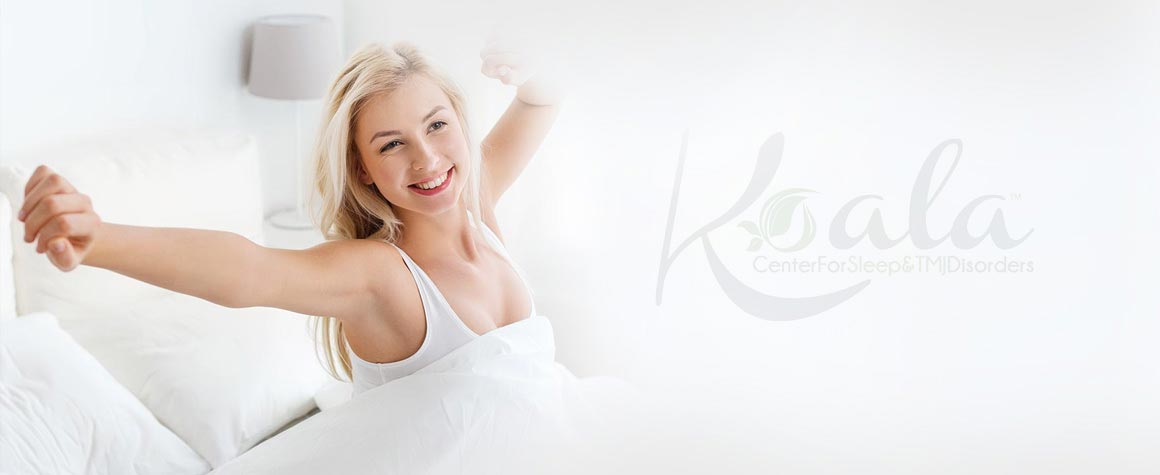
Additional Services You May Need
▸ KoalaKIDZzz®
▸ Sleep Apnea
▸ Snoring
▸ TMJ Disorder
▸ Fatigue
▸ Sleep Disorders
▸ Weight Loss
▸ CPAP Alternative
▸ Oral Appliances
